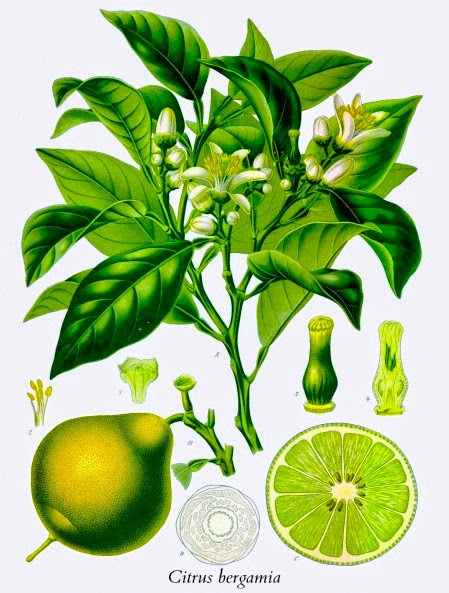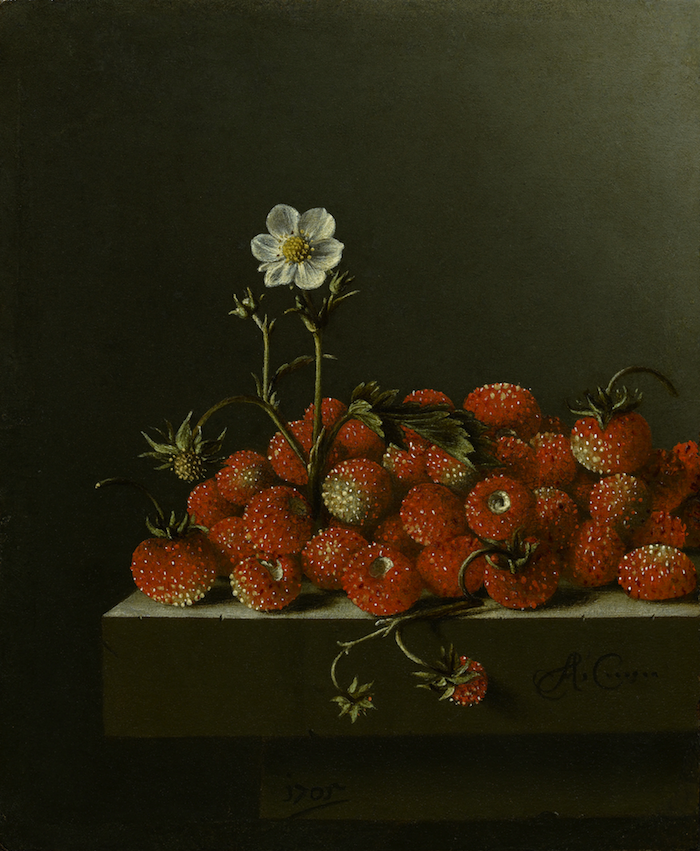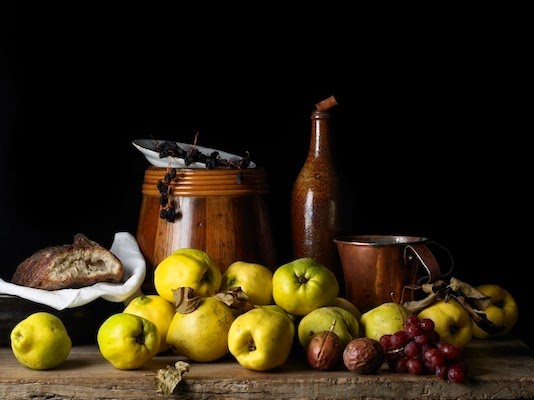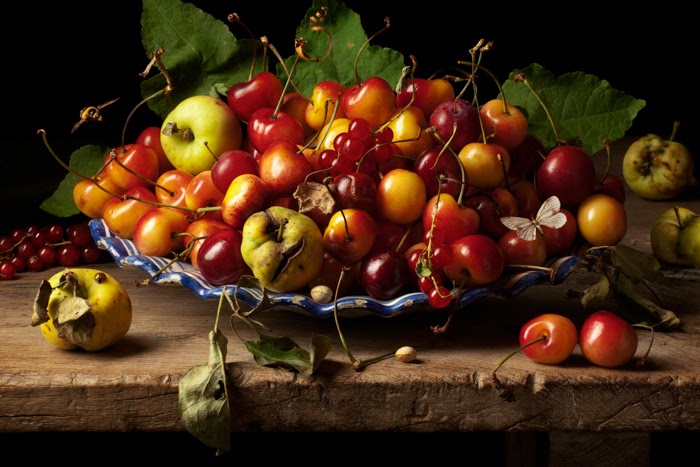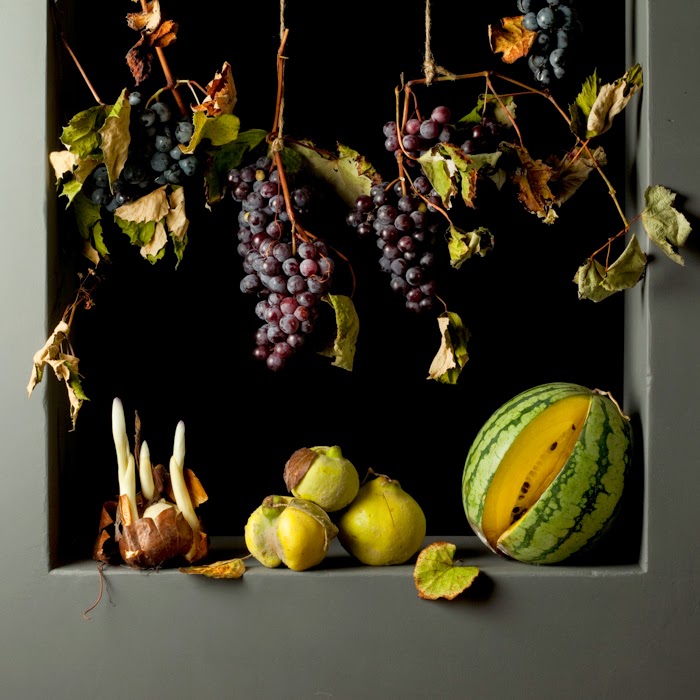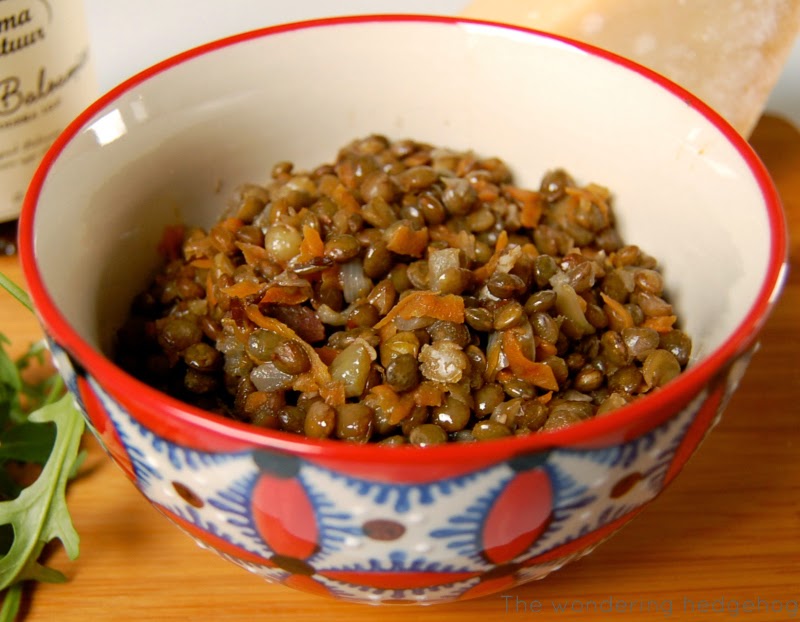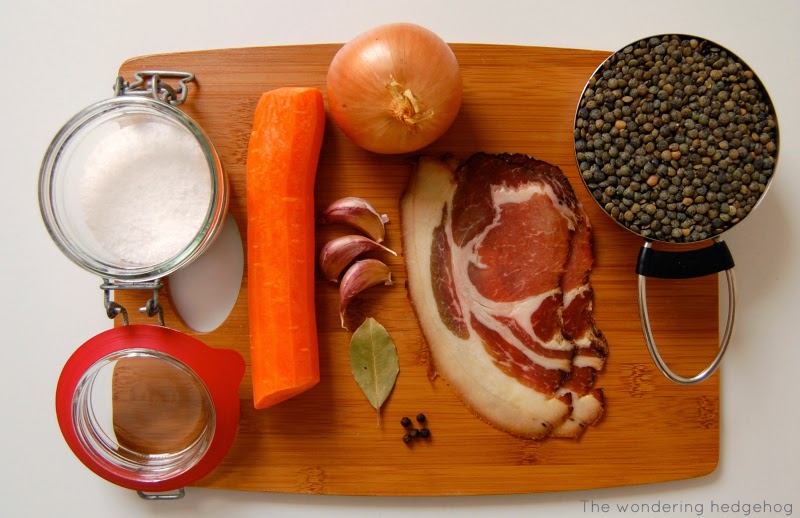~ Captain Jean-Luc Picard, Commanding officer USS Enterprise (NCC-1701-E)
There are few hours in life more agreeable than the hour dedicated to the ceremony known as afternoon tea.
~ Henry James
A cup of strong, hot tea works wonders. It will relax if you are wired and perk you up when you are tired. It is a charming companion for a solitary afternoon, and an equally welcome addition to a lively conversation among friends. A cup of tea alone will warm and soothe, but oh! how much more satisfying to have a little something sweet to keep it company.
This Earl Grey tea cake makes an excellent accompaniment. It is sweet, but not too sweet, fragrant with the scent of Earl Grey (boosted1 by the addition of lemon zest) and studded with plump, juicy raisins.
The cake is remarkable for three things. Firstly, the main liquid is provided by a cup of strong Earl Grey tea. Brew it stronger than you would drink it, as the flavor will mellow. Secondly, the recipe contains no dairy, and the only fat comes from the eggs. Finally, the batter produces a wonder of wonders - muffins that remain moist and delicious for longer than a day.
Earl Grey tea cake
Adapted from The Sweet Life
While the preparation is simplicity itself, a little forethought is necessary - it is best to let the raisins soak overnight.
Combine and refrigerate, covered, for at least 8 hours (I have left the raisins to soak for up to 4 days):
- 3½ to 4½ Cups / 500 to 700 grams raisins, different varieties
- 1 Cup / 250 grams strong Earl Grey tea, cooled
- 1 Cup / 200 grams light brown or demerara sugar
Butter, oil (with a neutral oil - grape seed, canola, etc.) or spray (baking or cooking spray) the cake pan. Form is not relevant here, volume-wise the recipe will fill a standard loaf pan.
Whisk together in a large bowl:
- 1¾ Cups + 1 Tablespoon / 225 grams regular flour
- 2 teaspoons baking powder
- ½ teaspoon freshly grated2 nutmeg
- ½ teaspoon ground allspice
- zest2 of 1 lemon
- 2 teaspoons baking powder (sift if lumpy)
- ¼ teaspoon kosher salt (⅛ if using regular table salt)
Add raisin mixture to the flour mix, stir to combine.
Add:
- 2 eggs, room temperature, lightly beaten (save washing a dish and use the now-empty raisin bowl to beat the eggs)
Stir well to combine (the batter will be fairly thin). Pour the batter into the prepared pan.
Bake for 60-80 minutes, until the cake is dense and springy. A toothpick inserted in the middle should come out clean.
The cake will keep, wrapped and at room temperature, for several days. The recipe is flexible, and invites experimentation. Try orange zest instead of lemon; add vanilla; mix in a handful of dried sour cherries or cranberries together with the eggs.
Halving the recipe will produce 6 large muffins; reduce the baking time and start checking after 35 minutes.
1 Earl Grey tea achieves its distinctive aroma with the help of bergamot orange, a member of the citrus family. The essential oils extracted from the skin of the fruit are added to black tea.

 -Tea, Earl Grey, hot.
-Tea, Earl Grey, hot.



